
Cam Cylinder Tubular Pin Brass Quarter Turn Latch Metal Cabinet Key Lock



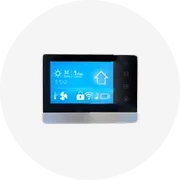
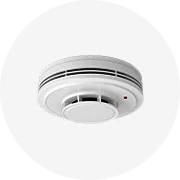
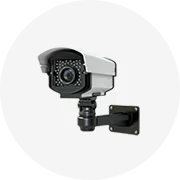
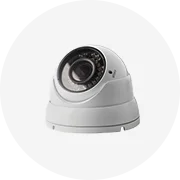
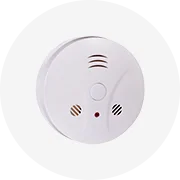
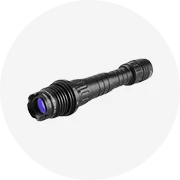
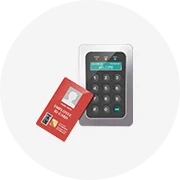
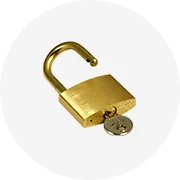
Choosing the right cylinder lock can be a daunting task, given the variety of options available. Cylinder locks, commonly used in deadbolts, come in different types, each with unique features and security levels. This comprehensive buyer's guide aims to demystify the process, providing you with an in-depth understanding of cylinder locks, their types, and factors to consider when making a purchase. From understanding the mechanism of a cylinder lock to the intricacies of single and double cylinder locks, this guide will walk you through everything you need to know to make an informed decision.
Cylinder locks are commonly used in deadbolts. The key turns a cylinder, or plug, which in turn moves an attached cam. This movement either pulls in on the bolt to open the door or releases it to secure the door. Inside a cylinder lock, there's a puzzle that only the correct key can solve. This puzzle involves a series of small pins of varying lengths. The correct key aligns these pins at the shear line, allowing the plug to move freely and the bolt to be pushed in and out.
Cylinder locks come in various types, each with unique features. Mortise cylinders are round, threaded, and screw into the lock body, often requiring spacers for proper installation. Rim cylinders, typically used in exit devices, resemble mortise cylinders but have a long tailpiece. Key-in-knob/lever cylinders are common in regular knob locks or lever sets, holding the part of the lock where the key is inserted. Deadbolt cylinders are another type, requiring a key to retract the deadbolt from the outside. Lastly, profile locks, common in Europe, operate both sides of the lock with a cam in the middle.
A single-cylinder lock is a common type of deadbolt found in many homes. It features a key slot on one side, while the other side has a knob or turning mechanism, usually a thumb-turn. This arrangement allows for easy locking and unlocking from the inside without the need for a key, providing convenience for everyday use. However, it's worth noting that single-cylinder locks are generally less secure than double-cylinder options, as they could potentially allow easier access to intruders and are easy for small children to operate.
Double-cylinder deadbolts are often used in rental properties and commercial applications where enhanced security is needed. They require a key to operate from both the inside and outside of the door. This provides maximum security but can be problematic in emergencies. The double-cylinder deadbolt provides additional security against break-ins, as it's more difficult to pick due to its two tumblers. These deadbolts typically have higher security ratings.
A key-in-knob/lever cylinder is commonly seen on regular knob locks or lever sets. This cylinder holds the part of the lock where you insert your key. If removed, a standard keyway cylinder would resemble the image provided, though it may vary in length or end appearance depending on the lock brand. The cylinder's depth is determined by the lever's depth, and the end is determined by how the cylinder engages the lever's locking mechanism. Note that levers and knobs using interchangeable cores are made differently and won't accept standard cylinders.
When choosing a cylinder lock, consider the lock backset, which is the distance from the door edge to the center of the lock hole. This varies between residential and commercial doors. Also, consider the type of door. For doors with glass, a double cylinder lock is recommended as it requires a key to lock or unlock from both sides. For doors without glass, a single cylinder lock, which uses a key on the outside and a thumbturn on the inside, is suitable.
Security is a crucial factor when choosing a euro cylinder lock. There are four main security attributes available with these locks. All of our anti-snap locks at Alibaba.com are of high quality, indicating reliability. Our locks offer security similar to top-rated locks, which are widely used due to their reliability and proven resistance to attacks, corrosion, and temperature changes. We recommend a 6 pin cylinder lock for external doors, offering more security than the 5 pin alternatives.
Cylindrical locks, also known as tubular locks, are widely used in residential and commercial buildings due to their durability. They consist of a lock chassis with a cylindrical-shaped lock body that is installed through the door, along with a latch bolt. One of the main advantages of cylindrical locks is their versatility. They offer a wide range of designs and types of lock trim, allowing for customization to match the aesthetics of your doors. Additionally, cylindrical locks often come with built-in key cylinders for added convenience.
Euro cylinder locks are popular due to their ease of use. They are simple to install, modify with additional security measures, or replace. This makes them a common choice for both domestic and commercial properties. The thumb turn cylinder lock, for instance, offers a quick and simple exit under hazardous conditions, or for those who struggle with mobility. It can be accessed with a key from one side, while a knob on the other side allows for keyless opening. This variety of euro cylinders ensures there's a suitable option for different user needs.
The cost of door locks, including cylinder locks, can vary significantly. Basic locks can range from $40 to $800 for the hardware alone, with the price determined by the lock's durability and features. Hiring a professional for installation can add an average of $75 per hour to your project cost. The type of lock also influences the cost, with knob locks priced at $40-$80, deadbolts at $40-$200, keyless locks at $50-$300, electronic locks at $100-$350, and smart locks at $200-$800. Remember, the cost of changing a lock also includes the cost of the hardware.
Proper installation and maintenance of cylinder locks are crucial for their longevity and functionality. A correctly installed lock cylinder should have the key's cut edge facing up. Over time, cylinders may wear down, making them difficult to turn or insert a key. Regular checks for obstructions in the keyway hole and cleaning of the cylinder can prevent these issues. If the lock is still difficult to operate after cleaning, it may be time to have a locksmith remove the cylinder, re-pin it, or replace the worn pins and springs.
Installing a cylinder lock involves a few steps. First, ensure the door is open. If you haven't enabled a programming code, press and release the program button. You'll hear two beeps. If you've enabled a programming code, enter it, then press the lock button. You'll hear one short beep and the keypad will flash green. Press a specific button, hear another short beep, and see the keypad flash green again. Enter the delay time between 1-99 seconds. Press the lock button again. You'll hear one long beep and the keypad will flash green if successful. If unsuccessful, you'll hear three beeps and the keypad will flash red. Repeat from step one if necessary.
Maintaining your cylinder lock is crucial for its longevity and optimal performance. Locking cylinders are precision mechanical products that require regular care. It's recommended to spray the locking cylinders twice a year with a specially designed care product. Without proper maintenance, the profile cylinders can show signs of wear and tear after only a short time. Avoid using residue-forming agents such as oil or graphite, as these can lead to resinification, which can damage the lock.
In conclusion, choosing the right cylinder lock involves understanding the different types of locks, their security levels, durability, ease of use, and price. It's also crucial to consider the type of door and the lock backset. Furthermore, proper installation and maintenance are key to ensuring the longevity and functionality of your lock. Whether you're looking for a lock for a residential or commercial property, this guide provides you with the necessary knowledge to choose a lock that best suits your needs. Remember, the right lock not only secures your property but also provides peace of mind.